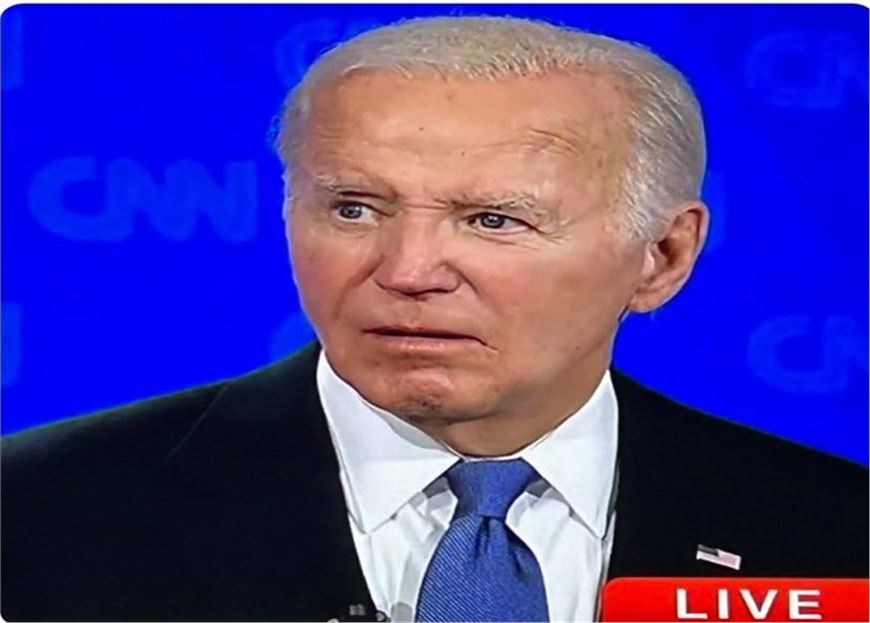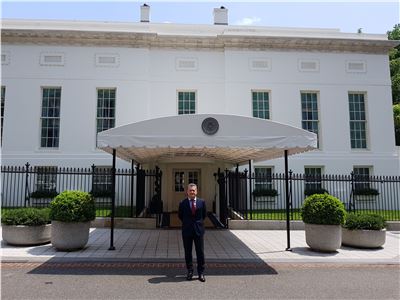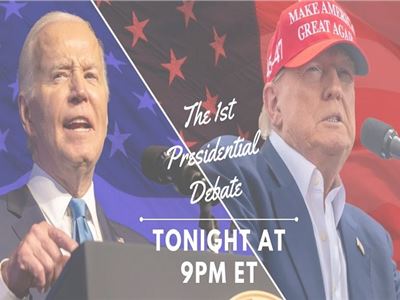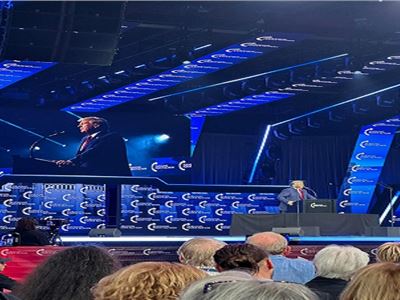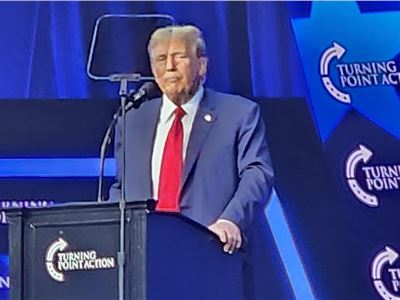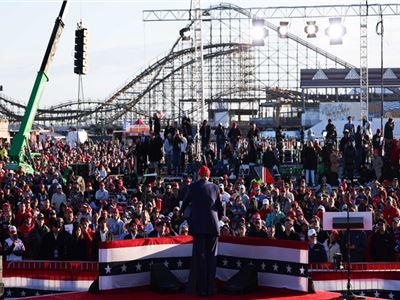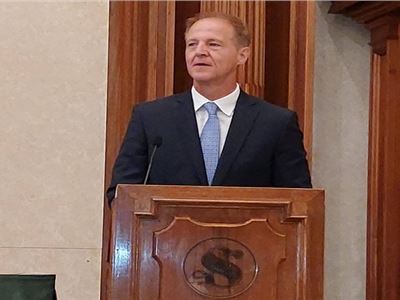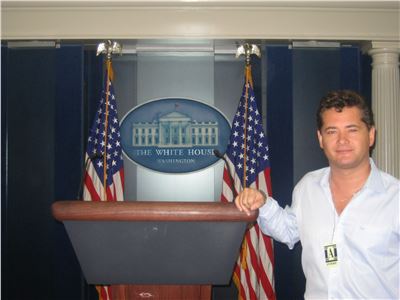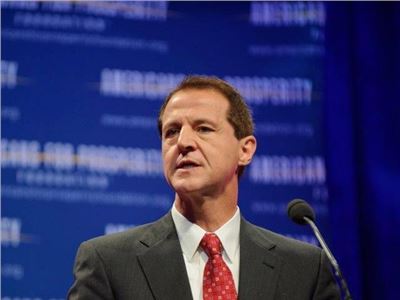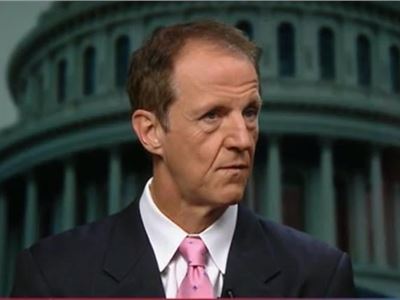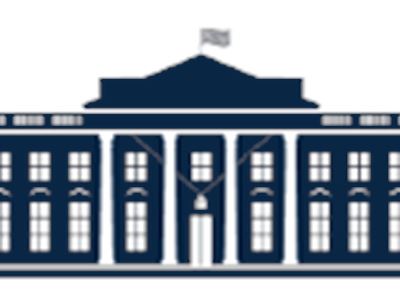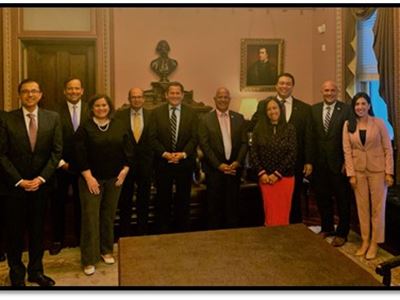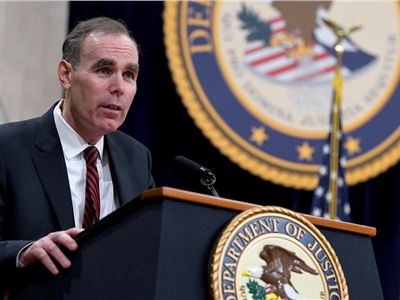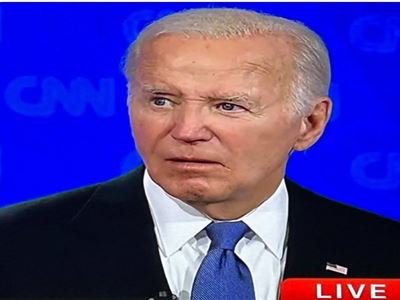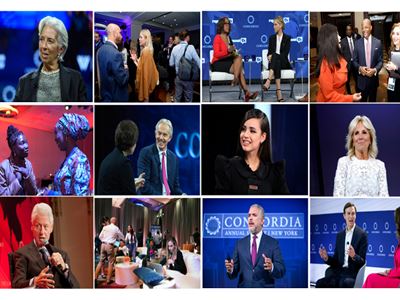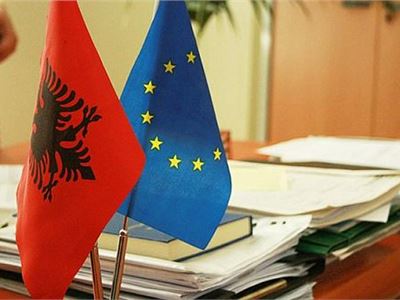The recent presidential debate has proven to be a pivotal event in the current election cycle, with former President Donald Trump emerging as the decisive victor, particularly in the crucial first 40 minutes. This period is often regarded as the most influential, drawing the largest audience and capturing the attention of undecided and casual voters. Trump’s performance during this segment has not only reinforced his support base but also sent shockwaves through the Democratic establishment, causing widespread panic over President Joe Biden’s faltering debate performance.
From the beginning of the debate, Trump exhibited confidence and command that underscored his extensive experience in the political arena. He skillfully navigated through complex topics, presenting his policies with clarity and conviction. His arguments were well-articulated and strategically delivered, particularly on critical issues such as the economy, immigration, and national security. Using straightforward language and a clear vision for the future, Trump's ability to connect with the audience starkly contrasted to Biden’s often hesitant and inconsistent responses.
-
Economic Policies: Trump highlighted his track record of economic growth, tax cuts, and deregulation. He pointed to the pre-pandemic economic boom as evidence of his successful policies and laid out a plan for revitalizing the economy post-COVID-19. In contrast, Biden struggled to present a coherent economic strategy, often appearing defensive about the current administration’s handling of inflation and job creation.
-
Immigration and Border Security: Trump’s firm stance on border security and immigration reform resonated strongly with viewers concerned about national security and illegal immigration. His emphasis on building the wall and enforcing immigration laws was met with approval from his base and undecided voters alike. Biden’s responses in this area were perceived as weak and evasive, further diminishing his credibility.
-
National Security: Trump’s critique of Biden’s foreign policy, particularly the handling of Afghanistan and relations with China, struck a chord with many voters. He presented a vision of strength and assertiveness in dealing with international threats, contrasting sharply with Biden’s perceived indecisiveness and mishandling of critical situations.
President Biden’s performance during the debate was fraught with difficulties, exacerbating concerns about his capability to lead the nation effectively. His responses were often rambling and lacked the coherence to reassure his supporters and undecided voters. The Democrat elites, who have long been aware of Biden’s debate vulnerabilities, are now faced with the daunting task of managing the fallout from his underwhelming performance.
-
Inflation and Economic Management: Biden’s inability to provide a clear plan to tackle inflation and economic instability was a significant misstep. His attempts to shift blame onto external factors rather than presenting concrete solutions only served to deepen doubts about his leadership.
-
Foreign Policy Missteps: Biden’s handling of foreign policy, particularly the chaotic withdrawal from Afghanistan, was a focal point of Trump’s critique. Biden’s failure to effectively counter these points and present a robust defense of his foreign policy record left a lasting negative impression.
-
Crime and Public Safety: Trump’s emphasis on law and order and his critique of the rise in crime rates under the current administration resonated with voters concerned about public safety. Biden’s response, which lacked a strong stance on crime prevention, further weakened his position.
The first 40 minutes of the debate are critical for capturing the attention of casual and undecided voters. The audience is at its peak during this period, and the impressions formed will likely influence voting decisions. Trump’s strategic focus on delivering his strongest arguments early ensured he set the narrative and maintained control of the debate. His ability to articulate his vision clearly and decisively during this crucial window was instrumental in shaping public perception.
The aftermath of the debate has seen a noticeable shift in momentum towards Trump. His commanding performance has solidified his base and swayed undecided voters who prioritize strong leadership and clear policy directions. The Democrat elites are now in a state of disarray, grappling with the implications of Biden’s poor showing and the growing internal dissent within their ranks.
In the wake of President Joe Biden’s disappointing debate performance, many within the Democratic Party and among the public are questioning whether it is possible to change the candidate for the upcoming election. Speculations about potential alternatives, such as former First Lady Michelle Obama or California Governor Gavin Newsom, have gained traction. However, changing a candidate is complex and involves several critical factors.
-
Party Leadership and Delegate Support: The decision to change a presidential candidate is not solely at the discretion of the President. It involves the party leadership and the support of delegates. The Democratic National Committee (DNC) plays a crucial role in this process. If there is significant concern about the current candidate's viability, party leaders and influential members may push for a change. This would require a consensus among the delegates and a formal process to nominate a new candidate.
-
Primary Elections and Nomination: The Democratic primary elections and the subsequent nomination process are designed to ensure that the candidate chosen reflects the will of the party’s members. If Biden were to step down or be replaced, the party would need to reconvene a convention or use an alternative method to nominate a new candidate. This process can be logistically challenging and politically sensitive, especially so close to the election.
-
Historical Precedent: While changing a presidential candidate is rare, it is not entirely unprecedented. Historical instances of candidates withdrawing from the race due to health issues or political pressures have occurred. However, each situation is unique, and the current political landscape adds additional layers of complexity.
Potential Candidates: Michelle Obama and Gavin Newsom
-
Michelle Obama: The former First Lady remains a highly popular figure within the Democratic Party and the general public. Her widespread appeal, charisma, and experience in the White House make her a formidable candidate. However, Michelle Obama has repeatedly stated her lack of interest in running for political office, at least as a leading actor. Convincing her to change her stance would be a significant hurdle.
-
Gavin Newsom: As the Governor of California, Gavin Newsom has built a strong political profile and is known for his progressive policies and dynamic leadership. He has a solid support base within the party and has been speculated as a potential presidential candidate in the future. If the party were to consider replacing Biden, Newsom could emerge as a viable option. However, his failing performance as California Governor, to gain national appeal and unite the party remains a question.
President Biden’s role in this process is pivotal. As the sitting President and the current nominee, his decision to continue or step down will significantly impact the party’s strategy. If Biden chooses to withdraw from the race, it could pave the way for a new candidate. However, such a decision must be communicated clearly and managed delicately to avoid further division within the party.
Challenges and Implications
-
Unity and Stability: Changing the presidential candidate could create a perception of instability within the Democratic Party. It is crucial to maintain unity and present a cohesive front to the electorate. The party must carefully weigh the risks and benefits of such a significant change.
-
Voter Confidence: Any move to replace the candidate must be handled transparently to maintain voter confidence. The party needs to assure its supporters and the general public that the decision is in the best interest of the nation and the party’s values.
-
Timing: The timing of such a decision is critical. With the election approaching, the logistical and strategic implications of nominating a new candidate must be carefully considered. The party needs sufficient time to rally behind the new candidate and run an effective campaign. Whether the Democratic Party can change its presidential candidate is complex and multifaceted. While possible, the process involves significant political maneuvering and consensus-building among party leaders and delegates. Potential candidates like Michelle Obama and Gavin Newsom offer intriguing alternatives, but their willingness and ability to step into the race remain uncertain. As the election season progresses, the Democratic Party must carefully navigate these challenges to present a solid and united front to the American electorate.
This debate will likely be remembered as a turning point in the election cycle. Trump’s ability to dominate the critical first 40 minutes has set the stage for a highly competitive race. The Democratic Party faces an uphill battle to regain control of the narrative and restore confidence in Biden’s leadership. As the election season progresses, the impact of this debate will continue to reverberate, influencing voter perceptions and shaping the election outcome. The Democrat elites must now navigate a complex political landscape, addressing both internal and external challenges, to mount a viable defense against Trump’s resurgent campaign.
CHECK OUR LAST NIGHT LIVE FACT CHECKLIST AT https://x.com/cybereport
- Tags:
- Categories: White House


